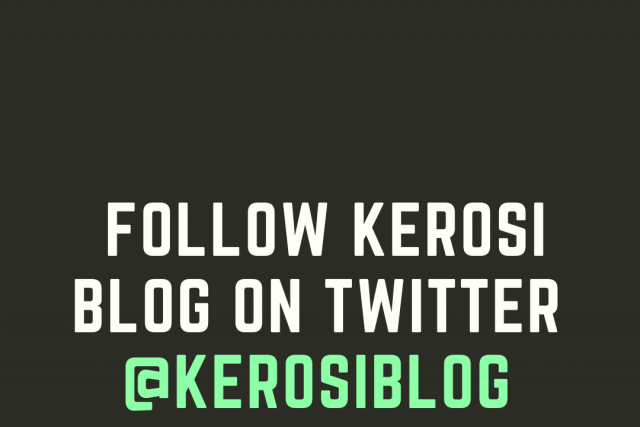A boot camp is a short, intensive and rigorous course of training. This week we’re organizing a boot camp on how to network and build a social movements.
In this article, I’m sharing notes on building social movements.
Context
According to Global Fund for Women, a social movement is a group of people with a shared purpose who create change together and it is made up of strong leaders, grassroots support, solid partnerships and shared political goal and plan for the future[1]. This voluntary coming together of people in joint action has served as a major engine of social transformation throughout human history[2]. However, successful movements require resources, teams which are tech savvy, low cost participation and strong leadership.
There are many examples of social movements from which the indigenous ethnic minority communities can learn from. There are a lot of lessons to learn from the famous leaders such as Dr. Martin Luther King Jr of Civil Rights Movement, Emmeline Pankhurst of Women’s Right to Vote, Malcom X of Black rights, Nelson Mandela and Desmond Tutu against the Apartheid regime and Turna Burke the founder of Me Too Movement.
The Ufangamano Initiative[3] and Bunge La Wananchi have been two prominent examples of social movements. The former was used in mobilizing citizens to write a constitution of their choice outside the state-run Constitution of Kenya Review Commission forcing the autocratic regime to open platforms for public participation in the constitution reform process. The two constitutional reform processes were later merged into one which was a great success for the movement. Ufungamano Initiative is still active in advocacy on issues of constitutional amendments[4]. On the other hand, the Bunge la Wananchi has been active in discussing political issues since 1991.
Past research has shown that a good charismatic leader is required to lead a social movement and focus thoughts of members. The leaders of a movement must learn how to speak clearly to a crowd, mobilize resources, materials, cultivate political influence and access media to advance the goals of a movement. Further, movement leaders must be good in organizing right from the grassroots in order to have a platform to recruit more people to join the movement.
Internet Activism
When building a social movement, it is important to have a team and have a clear division of labor.
Having a strong online presence is key. Spend resources towards this goal. Attend training on how to leverage social media and use digital media.
Movements around the globe for economic justice
- Major protest events outside the elite financial summits in Seattle, Prague, Davos, Doha etc
Occupy Wall Street Movement
Privation of public health and water administration lead to large demonstrations around the world;
Climate Justice Movement
- Since 2000 a worldwide movement has gained momentum in an attempt to slow down global warming;
- The movement calls for reduction of carbon emissions;
- The movement is putting pressure on national leaders to take action;
- Between 2014-2018, they organized protests in 175 countries across the world;
Definition
A social movement is an excluded collectivity in sustained interaction with economic and political elites seeking social change.
Groups use unconventional strategies such as street matches, sit-ins and dramatic media events;
Conventional ones: petitions, letter-writing campaigns etc to achieve their aims;
Most people participate in movements as volunteers; offer their time, skills and other human resources to maintain movement survival.
A single demonstration or protest does not constitute a social movement; Minimum one year to be considered a movement;
Social movements are constituted by groups that have less political and economic power.
Less excluded groups have access to political and economic elites in terms of having their voices heard through elections, petitions, lobbying and meeting with officials.
Excluded groups lack this routine access to officials and may at times resort to less conventional forms of seeking influence to gain the attention of authorities and power brokers.
[1] Global Fund for Women. What is a movement?. Accessed on: https://bit.ly/3kn69Wk
[2] Almeida, P. (2019). Social movements: The structure of collective mobilization. Accessed on: https://bit.ly/387t3LJ
[3] Ufungamano Initiative: https://bit.ly/3zi0x5K
[4] Ufungamano Initiative: https://bit.ly/2UOIyVO
The Oxford Handbook on social movements


